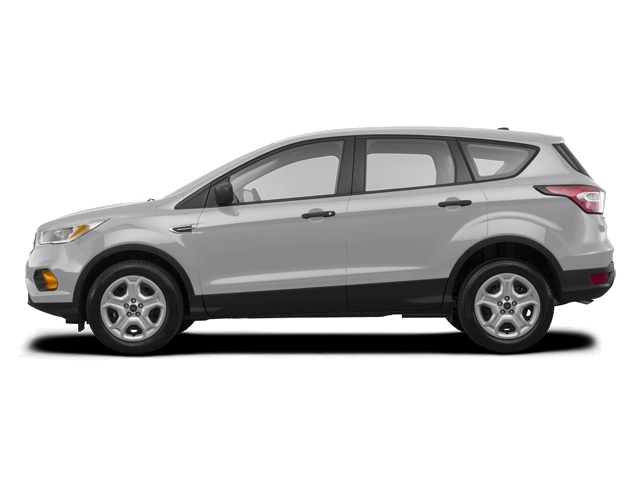2024 Ford Escape Owner's Manual

Table of Contents
2024 Ford Escape Overview
Introduction
The 2024 Ford Escape is a versatile compact SUV that seamlessly blends style, performance, and cutting-edge technology. With its eye-catching design, spacious interior, and a suite of advanced features, it’s tailored to meet the needs of modern drivers. Whether you're commuting to work or embarking on a weekend adventure, the Escape promises to elevate every journey with its remarkable capabilities and comfort.
Powertrains
The 2024 Ford Escape offers an impressive range of powertrains to cater to diverse driving preferences. With a choice between an energetic 1.5-liter EcoBoost engine that delivers exceptional fuel economy and a robust 2.0-liter EcoBoost engine for those seeking a thrilling drive, you can easily find the perfect balance of power and efficiency. Additionally, for environmentally conscious drivers, Ford continues to expand its hybrid and plug-in hybrid options, allowing for an even greener driving experience while maintaining performance.
Trims
The Ford Escape is available in a variety of well-equipped trims, including the base S, the mid-level SE, the sporty Titanium, and the luxurious Platinum. Each trim level offers unique features and customization options, ensuring that there's a perfect match for every driver. From practical tech to premium interior materials, the Escape’s trims allow customers to personalize their vehicle according to their preferences and lifestyle.
Features
The 2024 Escape is packed with advanced features designed to enhance both convenience and safety. Notable highlights include Ford’s latest SYNC infotainment system with a user-friendly touchscreen, smartphone integration, and an array of driver-assist technologies such as adaptive cruise control and lane-keeping assist. Additionally, the spacious cargo area and smart storage solutions make it ideal for active families and those on the go.
Owners Manual
The 2024 Ford Escape comes with a comprehensive owner's manual containing essential information about features, maintenance schedules, and troubleshooting tips. This invaluable resource ensures that owners can maximize their vehicle’s potential while promoting optimal performance and longevity. By providing clear guidance and support, the manual empowers Escape owners to fully enjoy their driving experience.
User manual download
The Ford Escape owner manual for the 2024 model year is to be found in PDF downloadable format on this page. The owner manual for the model year 2024 is free and in English, but the repair manuals are usually not easy to get and may cost more.
Manual Questions
Fill the form below and someone will help you!

